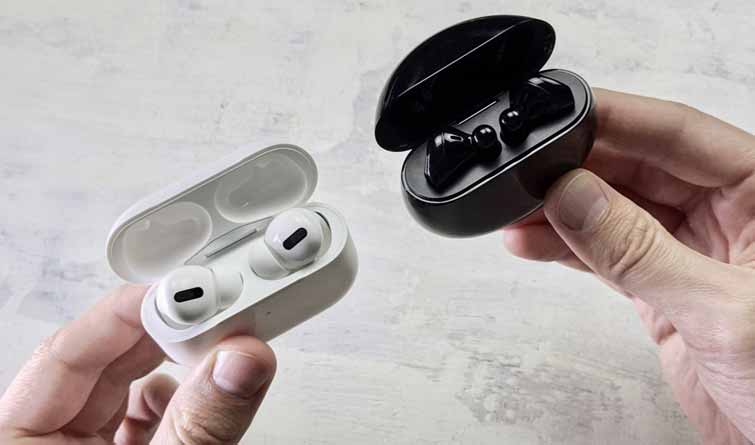In the realm of personal audio, the quest for the perfect pair of earbuds is a perpetual journey. While sound quality and features often take the spotlight, the comfort of earbuds is equally crucial for an immersive and enjoyable listening experience. Unraveling the secrets behind comfortable earbuds involves a blend of ergonomic design, materials science, and understanding individual preferences.
Ergonomic Design
One of the primary factors contributing to the comfort of earbuds is their ergonomic design. Earbuds come in various shapes and sizes, catering to the diverse anatomy of human ears. Manufacturers invest significant resources in research and development to create earbuds that fit snugly and securely in the ear canal without causing discomfort.
Different earbud designs, such as in-ear, on-ear, and over-ear, offer varying levels of comfort depending on personal preference and usage scenarios. In-ear earbuds, for instance, utilize silicone or foam tips that conform to the shape of the ear canal, providing a secure fit and excellent noise isolation. On the other hand, over-ear earbuds distribute the weight more evenly around the outer ear, reducing pressure on the ear canal and enhancing long-term comfort.
Materials Science
The choice of materials plays a pivotal role in determining the comfort and durability of earbuds. Soft silicone and memory foam are commonly used for earbud tips due to their pliability and ability to conform to the shape of the ear canal. These materials not only ensure a comfortable fit but also help in creating a tight seal, which is essential for optimal sound quality and noise isolation.
Additionally, manufacturers pay attention to the construction of earbuds themselves, opting for lightweight yet durable materials that minimize fatigue during extended listening sessions. Premium earbuds often feature hypoallergenic materials and smooth, rounded edges to prevent irritation and discomfort, especially during prolonged use. Check out https://beat-buds-pro.shop/ website for more information about Beat Buds Pro.
Understanding Individual Preferences
While ergonomic design and materials science lay the foundation for comfortable earbuds, it’s essential to recognize that comfort is highly subjective and varies from person to person. Factors such as ear shape, size, and sensitivity influence one’s perception of comfort, making it challenging to create a one-size-fits-all solution.
To address this challenge, some manufacturers offer customizable earbud options, allowing users to choose from a variety of ear tips and sizes to find the perfect fit. Moreover, advancements in technology, such as 3D scanning and printing, enable the creation of bespoke earbuds tailored to the unique contours of an individual’s ears.
Beyond physical comfort, factors like weight distribution, cable management, and control placement also contribute to the overall user experience. Intuitive design features, such as touch controls and ergonomic cable routing, enhance usability and reduce the likelihood of discomfort or frustration.
In Conclusion
The quest for comfortable earbuds is an ongoing pursuit fueled by innovation and consumer demand. By prioritizing ergonomic design, leveraging materials science, and understanding individual preferences, manufacturers can create earbuds that offer both superior comfort and exceptional sound quality.
As technology continues to evolve, we can expect further advancements in the realm of comfortable earbuds, including smarter design solutions and personalized customization options. Ultimately, the goal is to provide users with a seamless and immersive listening experience, free from the distractions of discomfort or fatigue.

